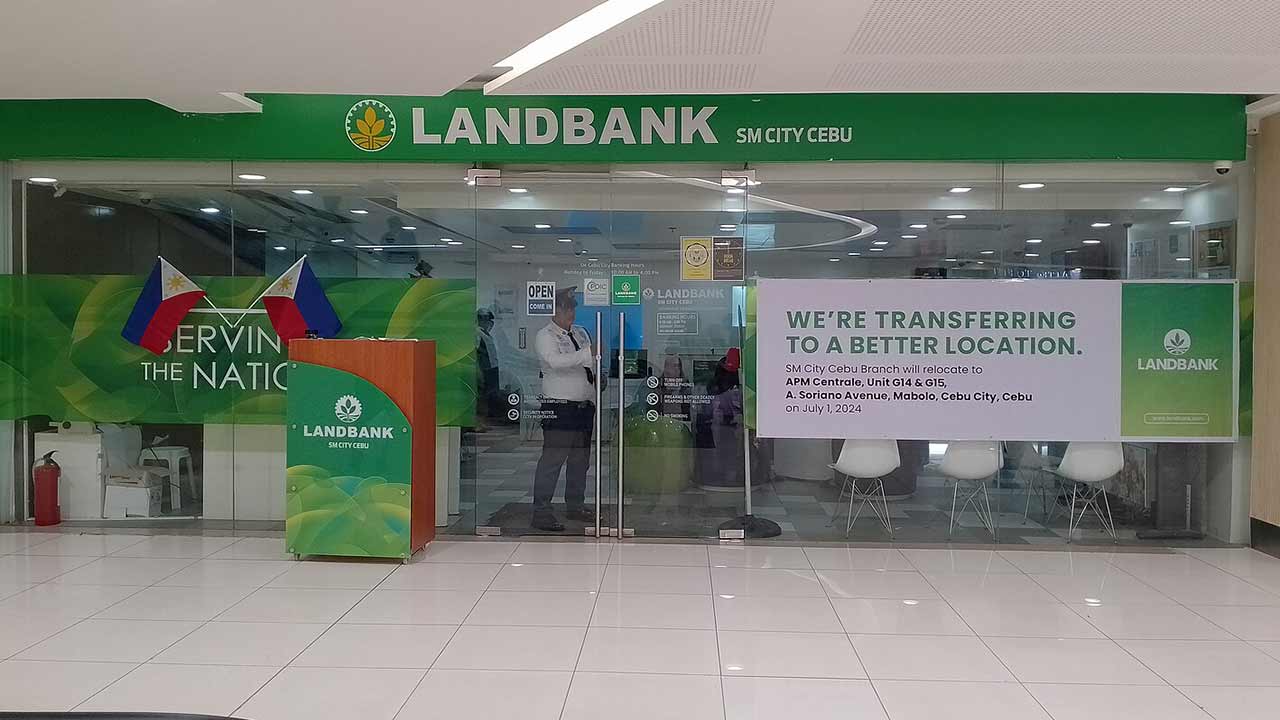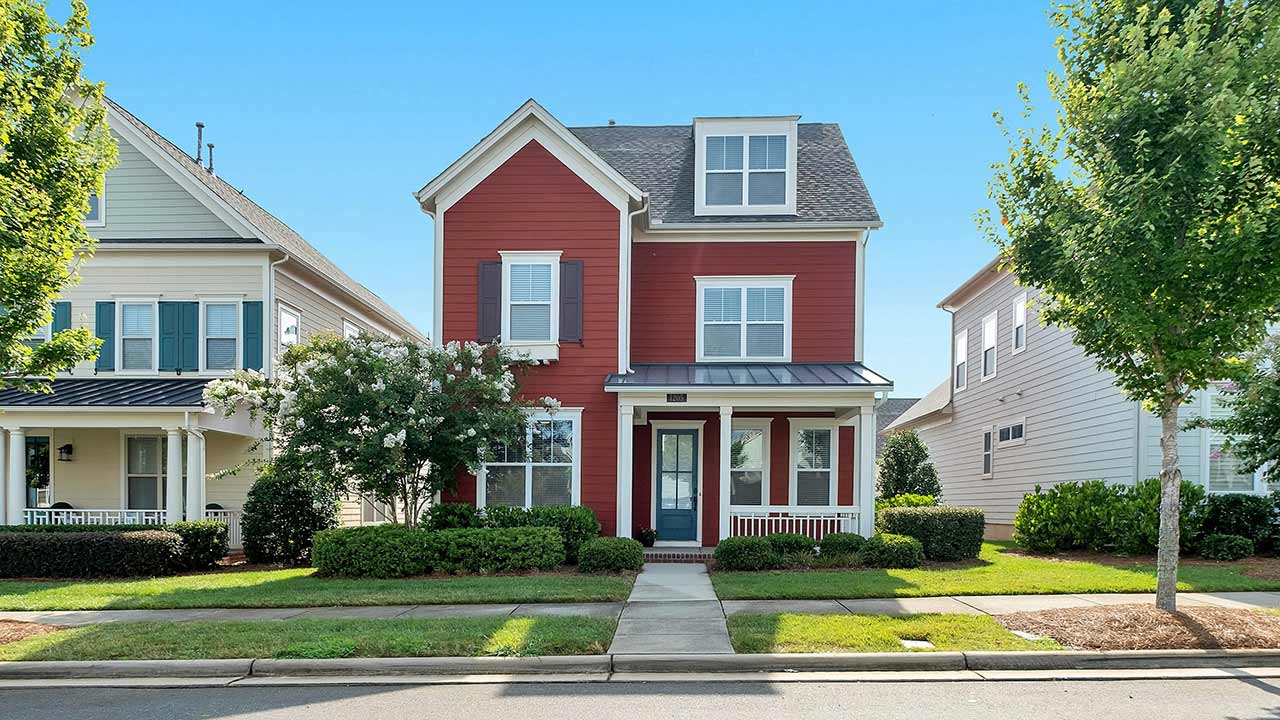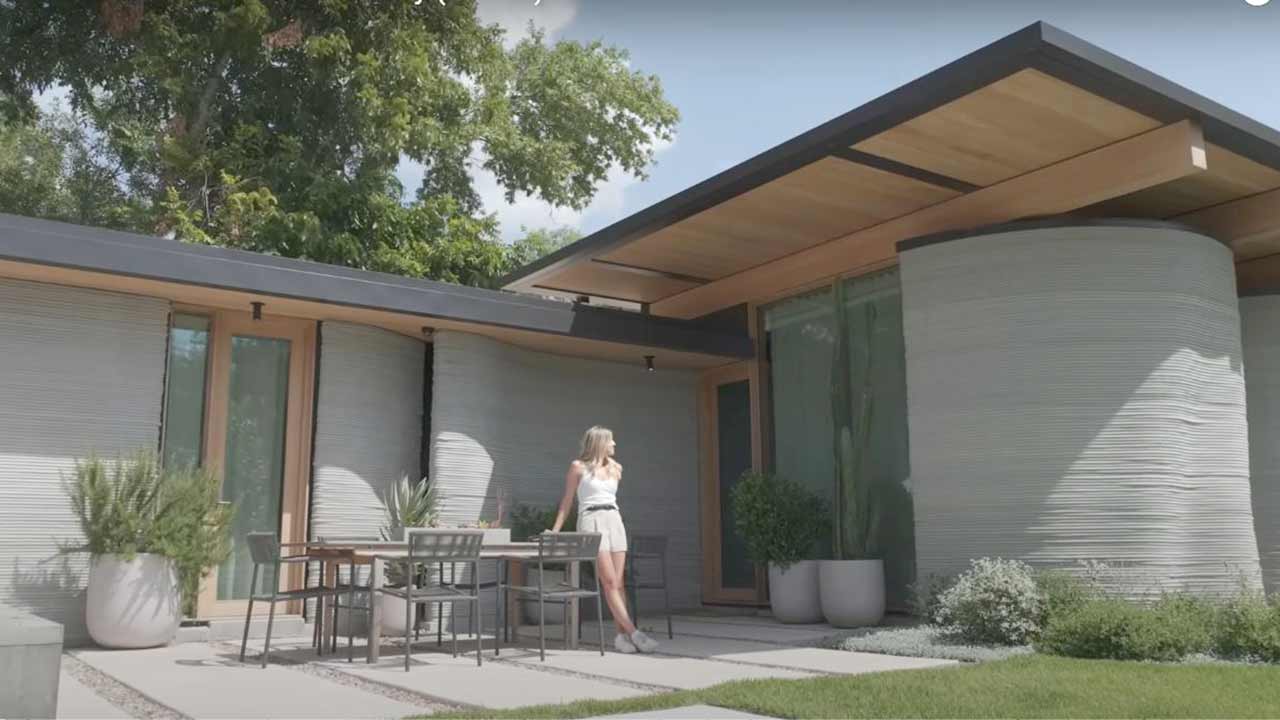If you’re looking for real estate deals that no one else is talking about, it’s time to look into land banks. These local programs are flying under the radar—but they offer some of the cheapest land and property deals in the country. We’re talking buildable lots for under $1,000, homes priced well below market, and opportunities to invest where most people aren’t even looking.
What Exactly Is a Land Bank?

Land banks are public or nonprofit organizations created to take control of vacant, abandoned, or tax-delinquent properties. Their job is to stabilize neighborhoods by putting unused land back into productive use—often by selling it off at steep discounts to people willing to fix it up or build on it.
Most land banks work with local governments, which means they have access to properties that never hit the open market. That’s where the opportunity comes in.
The Prices Are Shockingly Low

Land bank listings are often a fraction of what you’d find on MLS. It’s not uncommon to see lots for $500–$2,000 or single-family homes in need of rehab starting at $5,000–$20,000. Some land banks even offer side lots next to your home for as little as $1 to help reduce blight.
The catch? Many properties come with conditions. You might have to build within a certain timeframe, prove you have the funds for renovations, or agree not to flip it immediately. But if you can meet the terms, the upside is real.
It’s a Goldmine for Long-Term Investors

If you’re playing the long game, land bank properties can be incredibly strategic. You can acquire multiple lots for cheap, hold them, or gradually build out rentals or resale homes as the area improves. Some investors use them to quietly accumulate land in undervalued areas while everyone else chases overpriced markets.
This strategy works especially well in cities with active revitalization efforts—places where local governments are putting money into parks, streets, or transit infrastructure. The land is cheap now, but the value may not stay that way.
Land Banks Are Everywhere—But Underused
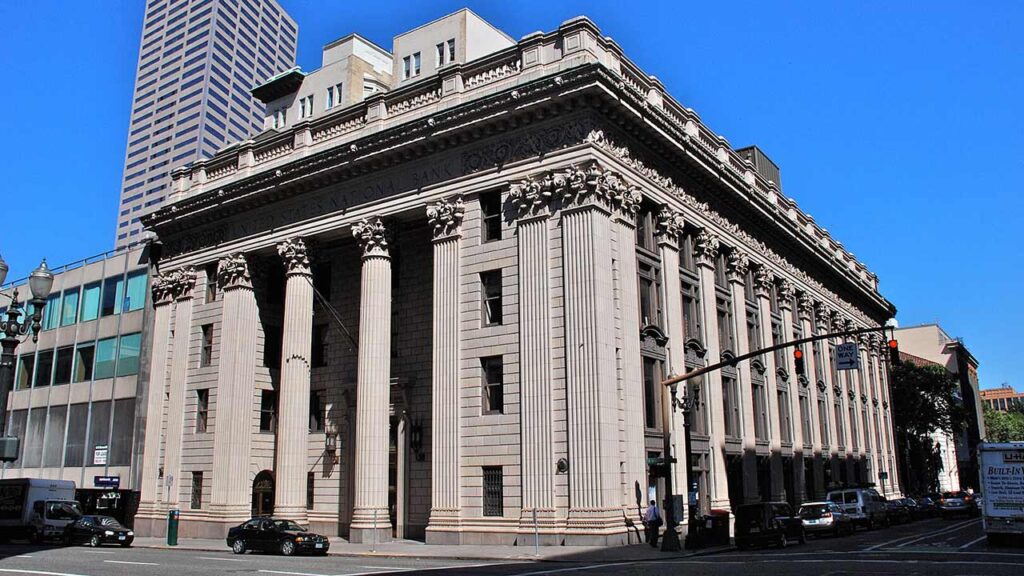
There are over 200 land banks across the U.S., and most people don’t even know they exist. Cities like Detroit, Cleveland, Buffalo, and St. Louis all run land bank programs with dozens—sometimes hundreds—of available properties. Many have online portals where you can search listings and apply directly.
There Are Risks—But They’re Manageable
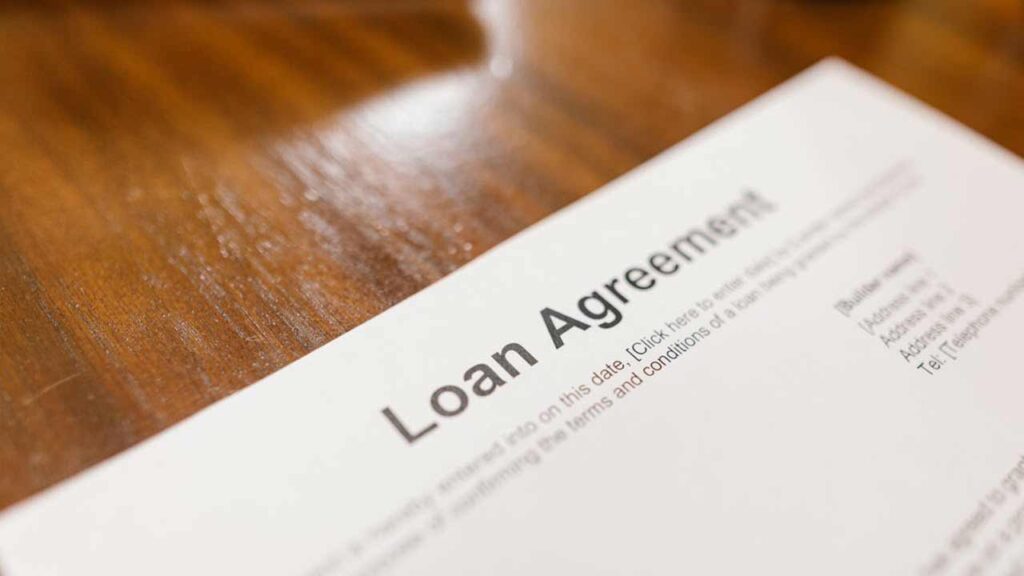
These deals aren’t turnkey. Some properties need major work, and not every location is in a high-demand area. You’ll want to research zoning, taxes, and whether there are liens or demo requirements attached to the property. A good local real estate attorney or title company can help you avoid surprises.
But if you do the homework upfront, you can score real estate for pennies on the dollar—without competing against dozens of bidders or overpaying in a hot market.
The Bottom Line
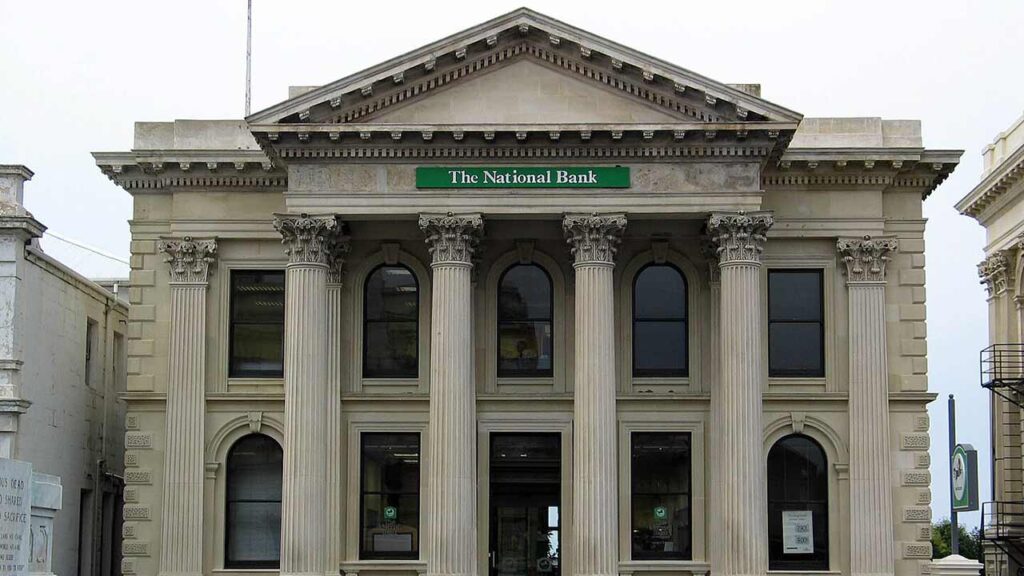
Land banks are one of the last places where everyday buyers can get serious deals on property. Whether you’re a first-time investor, aspiring homeowner, or long-term land holder, these programs offer access to real estate that most people overlook. With a little patience and some strategy, land banks can turn overlooked lots into real assets.

Alexander Clark is a financial writer with a knack for breaking down complex market trends and economic shifts. As a contributor to The Daily Overview, he offers readers clear, insightful analysis on everything from market movements to personal finance strategies. With a keen eye for detail and a passion for keeping up with the fast-paced world of finance, Alexander strives to make financial news accessible and engaging for everyone.
